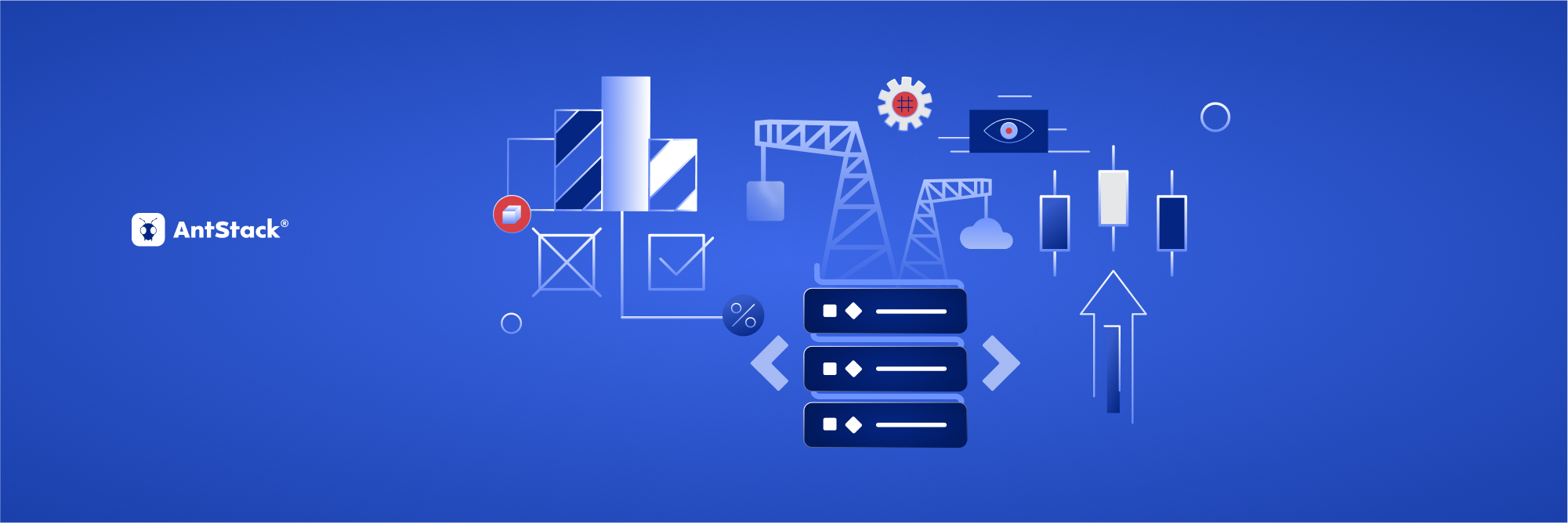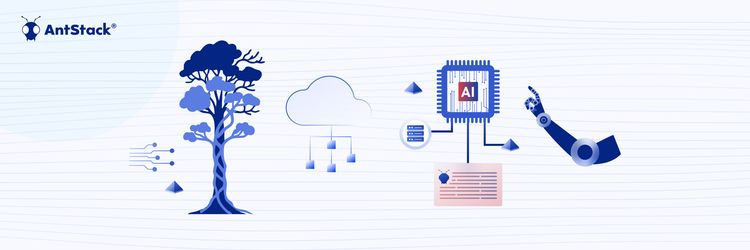Strangler Fig, Serverless, and Agentic AI: It’s Not the Future, It’s the Present
In pharmaceutical R&D, data is the backbone of discovery. From tracking inventory and logging experiments to deriving insights from long-running studies, every step relies on the precision, scale, and usability of data systems. But behind the scenes, it's data engineers who shoulder the heavy lift, building the infrastructure, pipelines, and platforms that make this possible.
In this episode of AntStackTV, Binu and Sohan share what it really takes to make R&D data usable across the healthcare and pharma ecosystem.
Key Data Considerations in Healthcare and Pharma R&D
Sohan: Let’s get started. Can you give us an overview of research and development in healthcare and pharma?
Binu: Sure. When it comes to R&D in healthcare and pharma, particularly from a data perspective, there are three core areas to think about.
First is the tracking and inventory management of chemicals and drug batches. Scientists need accurate access to each batch's properties to ensure reliable outcomes. That includes managing alerts and inventory thresholds and making sure the right information is always available to the right people at the right time.
The second is experiment and test tracking. Every experiment involves a set of tests, which need to be logged and traceable. Having a centralized, accessible record of all this ensures continuity and collaboration, especially across long or complex projects.
The third piece is the data collected during these experiments. They are long-running, can span days or even weeks, and are expensive, making capturing every bit of data critical. You don’t get many second chances with this kind of work.
So from a data engineering lens, these are some of the major pillars of R&D in healthcare and pharma.
Role Played by Data Engineering
Sohan: So, how does data engineering play a role in this industry? How does it make things easier?
Binu: Solving these challenges involves leveraging platforms like Databricks, Snowflake, or AWS Data Suite, to democratize data, making it accessible to everyone across the organization.
The primary issue here is data integration. You have massive amounts of data coming from various sources, and the goal is to centralize it in a common platform, making it available to the right people. Data engineering abstracts away this complexity for the end user, allowing them to focus on deriving insights and making decisions from the data, be it predicting trends, finding solutions, or drawing conclusions.
Another key aspect we need to consider is alerts and reports. In inventory management or experimental tracking, it’s critical for business users to receive timely alerts and reports. This informs the researchers about the status of experiments and research, so they can make strategic decisions and plan future initiatives.
Then, for scientists and business analysts, the goal is to improve data accessibility without having to manually run queries or deal with complex systems. That’s where dashboards with live data feeds can help them interpret real-time information directly and use it for decision-making.
Then, there’s the automation of the ETL (Extract, Transform, Load) process. Healthcare and pharma often rely on third-party vendors to perform experiments. And, each vendor may have their own set of complexities and data standards. Data engineering helps build automated pipelines that can handle various data formats, from CSV and Excel files to time-series data and streaming data from APIs.
Finally, whether you're using Apache Spark, Flink, BigQuery, or Snowpark, data engineering helps you manage the dynamic nature of incoming data, regardless of the platform. The key is ensuring your technology stack can handle these varying scenarios and deliver value without the end user having to deal with the technical details.
Data Engineering Challenges in Pharma R&D
Sohan: Finally, can you share what the technical challenges are that you face with data engineering in healthcare and pharma R&D specifically? ,
Binu:I’d say the first and most persistent challenge we face in this space is data variety. In pharma and healthcare R&D, data comes in all shapes and sizes. You’ll find standard formats that are well-supported across most data engineering tools and frameworks. But quite often, we deal with highly niche formats generated by lab instruments, legacy systems, or specific vendors. When that happens, we need to roll up our sleeves, extract what metadata we can, and standardize it into a tabular format that downstream users or models can actually work with.
Now layer in scale. Not gigabytes, but billions, even trillions of records. Think multi-phase clinical trials or long-duration animal studies.
This is where distributed platforms like Databricks come in. Spark’s ability to parallelize workloads is indispensable, but it can struggle with niche or proprietary file formats. That’s when we lean on custom UDFs, the Pandas API on Spark, or build staging layers.
Say it takes a minute to load one file. Seventy files means over an hour, unless you’ve got a few hundred cores to parallelize the process. But Spark UDFs can’t always access the session context directly, so we often stage the data, convert raw files into something Spark can digest, like CSV or Parquet, before handing it off.
Even then, you hit limits. Pandas on Spark introduces constraints, such as record size and group size. Push too far, and you’re looking at Arrow serialization errors or memory failures. So we’re always tuning, knowing when to scale horizontally, when to simplify, and where to sidestep Spark entirely for something more controlled.
The second challenge is statistical complexity. Once you have this massive dataset, you can't just eyeball it; you have to run deep aggregations, statistical modeling, and even ML pipelines. But not every statistical function you need is available out of the box.
We optimize heavily, partitioning data, sorting it, and tuning the underlying storage formats so Spark or whatever engine we're using can access it faster. Otherwise, these operations can take hours.
And finally, there’s the human layer. You’re not just dealing with data scientists, you’re working with research scientists, biotech specialists, pharmacologists, folks with deep domain knowledge but varying levels of data literacy. Some might be comfortable with SQL; many won’t be. You can’t just give them a raw table and expect insights.
That’s why we go the extra mile: building dashboards, visualizations, even interactive tools. The point is to reduce friction. Let them explore the data without worrying about queries, file formats, or where it lives.
Catchup on the episode on AntStack TV and subscribe to hear from serverless experts as they share practical insights and strategies making technology work for you.










